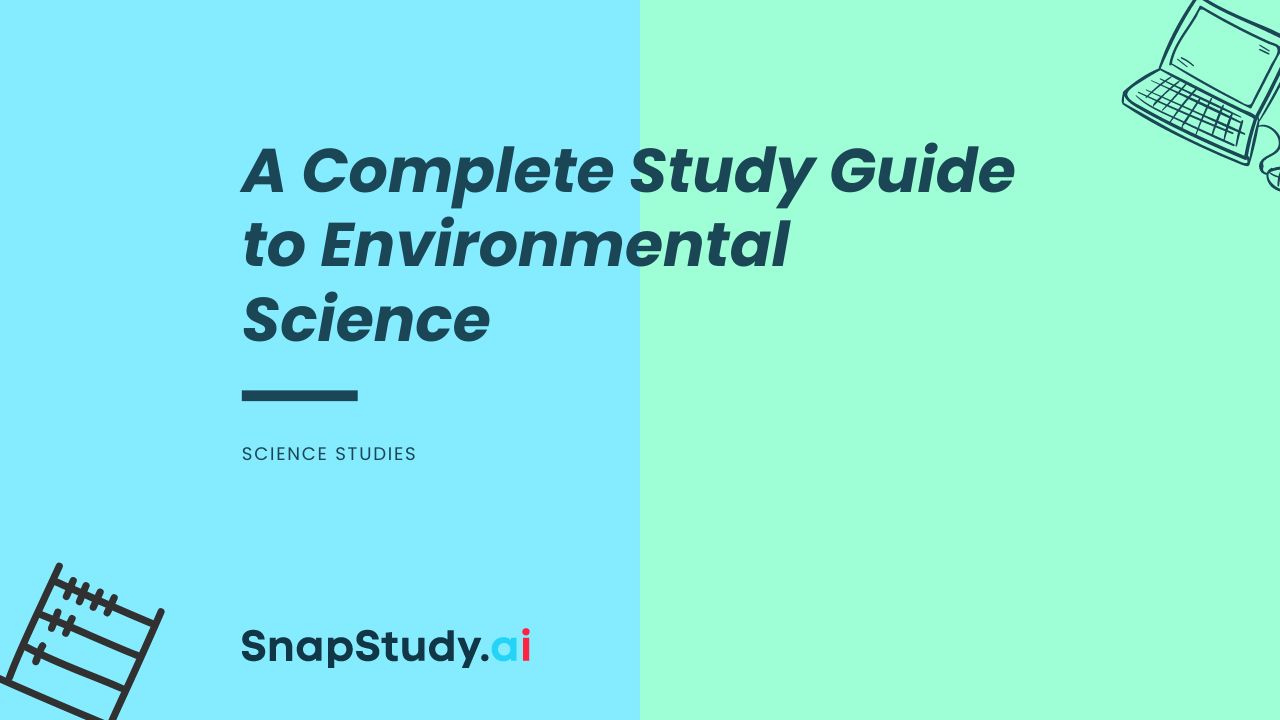Environmental Science is an interdisciplinary field that combines perspectives and knowledge from many different areas. It includes ideas and information from natural sciences such as physics, chemistry, biology, and geology, as well as social sciences such as geography, history, economics, and law. A comprehensive understanding of how these diverse fields interact is integral to addressing the complex environmental issues that our world confronts today.
Chapter One: Basics of Environmental Science
The Environment
The environment is a comprehensive term that encompasses all living and non-living things that naturally occur in the world. It involves the complex web of interactions among all living species and their surroundings, including the climate, weather, and natural resources. These interactions play a pivotal role in human survival and economic activity. The environment is the backdrop against which all life unfolds and interacting with it sustainably is a significant challenge of our time.
Ecosystems
An ecosystem is a distinct community of living organisms in conjunction with the nonliving components of their environment, interacting as a system. These biotic (living) and abiotic (nonliving) components are intricately linked through nutrient cycles and energy flows. Ecosystems range from small, like a pond, to large, like a forest or a desert. Understanding the relationships and interactions within an ecosystem is key to preserving it.
Biodiversity
Biodiversity, or biological diversity, represents the variety and variability of life on Earth. Biodiversity is typically used as a measure of health for ecosystems and is analyzed at the genetic, species, and ecosystem level. A greater level of biodiversity often correlates to a higher degree of resilience in an ecosystem, enhancing its ability to adapt to environmental changes.
Chapter Two: Key Environmental Issues
Climate Change
Climate change represents a long-term shift in weather conditions and patterns. It is identified by changes in temperature, precipitation, winds, and other indicators. Climate change can involve both changes in average conditions and changes in variability, including, for example, extreme events such as storms, floods, and heatwaves. The effects of climate change are far-reaching and impact every corner of our planet.
Pollution
Pollution is the introduction of contaminants or pollutants into the natural environment, causing detrimental alterations. These pollutants can take the form of chemical substances or energy, such as noise, heat, or light. Pollution can negatively affect air, water, and soil, and can harm or kill individual organisms, disrupt ecological communities, and degrade entire ecosystems.
Deforestation
Deforestation is the permanent removal of trees to make room for something other than forest. This can include clearing the land for agriculture or grazing, or using the timber for fuel, construction, or manufacturing. Deforestation can result in significant biodiversity loss, disruption of water cycles, and contribution to climate change.
Chapter Three: Solving Environmental Issues
Sustainability
Sustainability is the capacity to endure or exist constantly. In the 21st century, it generally refers to the ability for the biosphere and human civilization to coexist. Sustainability encompasses the principle of meeting our own needs without compromising the ability of future generations to meet their needs. This concept is crucial in environmental science and is often a goal of policies and practices.
Conservation
Conservation is the responsible management and care for natural resources to ensure their continued existence. This can involve preserving, managing, or restoring habitats, preventing species from going extinct, and protecting biodiversity. Conservation strategies can be local or global in scale, and usually involve a combination of scientific study, policy-making, and community participation.
Renewable Energy
Renewable energy, often referred to as clean energy, comes from natural sources or processes that are constantly replenished. This includes energy from the sun, wind, water, and geothermal heat. Unlike fossil fuels, which are finite resources, renewable energy sources are sustainable in the long run. Utilizing renewable energy sources is a major aspect of mitigating environmental issues like climate change and pollution.
Conclusion
Studying environmental science can broaden your understanding of the world around you. It teaches you about the complex relationships between natural and human systems, equips you with knowledge about the environmental challenges we face, and provides you with the tools to contribute positively to environmental protection and sustainability.





